Introduction
Crypto currency seems confusing when you’re just getting start. From “blockchain” to “gas fees” and “DeFi,” the crypto world has language of its own. Understanding this meth is essential not only to navigate the space but also to protect yourself from common pit falls. Whether you are new in crypto world or already invested, this guide will break down the most common crypto currency terms that you should know in simple and engaging language.
1. Crypto currency
Crypto currency is a form of digital money built on blockchain technology. Unlike traditional currency (the U.S. dollar or Euro), it doesn’t exist in physical form and isn’t issued by any central authority as a bank. Bitcoin, Ethereum, and Solana are examples.
2. Blockchain
A blockchain is a digital ledger or the database that records transactions in a decentralized and secure way. Each transaction is added as a “block” and these blocks are linked together in a chain. Hence the name is block + chain. Its tamper proofed meaning once data is added, it can’t easily be altered. That makes it trustworthy, especially for financial applications.
3. Wallet
Wallet is a tool used to store and manage your crypto currency. It doesn’t actually hold any coin but stores your private keys and secure codes that give you access to your coins.
Hot Wallet: Connected to the internet (Meta mask, Trust Wallet).
Cold Wallet: Offline and more secure (hardware wallets such as Ledger).
4. Public Key & Private Key
Public Key: public key is your wallet address that you can share with others to receive crypto.
Private Key: private key is your secret code and never share this — anyone with your private key can steal your assets. Think of the public key is as your email address and the private key is as your password.
5. Exchange
A crypto exchange is a platform where you can buy, sell or trade crypto currencies. Some popular ones include:
Centralized Exchanges (CEX): Binance, Coinbase, Kraken
Decentralized Exchanges (DEX): Uniswap, PancakeSwap
CEXs are easy for beginners but require trust in a third party while DEXs are fully on chain and give you more control.
6. Altcoin
Altcoin stands for “alternative coin” — any crypto currency that isn’t Bitcoin. This includes thousands of other coins and tokens like Ethereum, Ripple (XRP), Cardano, and Solana.
7. Stable coin
A stable coin is a crypto currency tied to the value of a real world asset, usually the US dollar. They are designed to reduce volatility.
Examples:
- USDT (Tether)
- USDC (USD Coin)
- DAI (decentralized, crypto backed stable coin)
8. Token vs Coin
A coin (Bitcoin or Ethereum) operates on its own blockchain.
A token (Chain link, UNI) operates on top of an existing blockchain, usually Ethereum.
Tokens can represent value, ownership or access to specific service in a blockchain ecosystem.
9. Gas Fee
A gas fee is the cost of making a transaction or running a smart contract on a blockchain as Ethereum. Think of it as the transaction fee is paid to miners or the validators who process and confirm the transaction.
High network traffic = high gas fee
10. HODL
Originally a typo of “hold” HODL has become a slang term meaning “Hold On for Dear Life.” It’s a strategy where the investors keep their crypto assets instead of selling during market dips, with the hope of long term gain.
11. FOMO / FUD
FOMO (Fear of Missing Out): urge to buy when prices are rising.
FUD (Fear, Uncertainty, Doubt): Negative news or the sentiments that can cause the panic selling or hesitation in the market. Smart investors recognize these emotional triggers and make decisions based on research not on the hype.
12. Mining
Mining is how new coins are created and transactions are validated in Proof of Work (PoW) networks as Bitcoin. It involves solving the complex mathematical problems and successful miners earn rewards. It requires the powerful computers and lots of an electricity — making it less accessible to average users today.
13. Staking
Staking involves the locking of your crypto in the network to support the operations like validating transactions (in Proof-of-Stake systems). In return, you earn rewards. It’s like a earning interest on your savings account but with crypto.
14. DeFi (Decentralized Finance)
DeFi refers to the financial applications built on the blockchain networks that operate without intermediaries as banks. You can lend, borrow, trade and earn interest using smart contracts —while all keeping full control of your assets.
Popular DeFi platforms: Aave, Compound and Uniswap
15. NFT (Non-Fungible Token)
NFT is a digital asset that represents ownership of a unique item as digital art, music or in-game items. Each NFT has a unique identity and cannot be exchanged on 1-to-1 basis as regular tokens.
16. DAO (Decentralized Autonomous Organization)
A DAO is a community led an organization with no central leadership. Rules are encoded in smart contracts and the decisions are made through voting by token holders.
Think of it as a blockchain-based co-op business.
17. Smart Contract
A smart contract is a self-executing piece of code that automatically performs an action when predefined conditions are met. These are fundamental to DeFi, NFTs and DAOs.
For example, if Person A sends money, then Person B receives a service — all without a middleman.
18. Airdrop
An airdrop is when a project distributes the free tokens to promote adoption. Users may need to perform the simple tasks (like joining a Telegram group) or just hold the specific crypto wallet to qualify.
19. Liquidity
Liquidity is referred to how easily an asset can be bought or sold without affecting its price. High liquidity means lots of buyers and sellers, and stable pricing.
DeFi platforms often reward the users for providing liquidity by adding tokens to liquidity pools.
20. Whitepaper
A whitepaper is a detailed document released by a crypto project explaining what the project is about, how it works, and the problem it solves and how its token fit into the ecosystem. Always read a project’s whitepaper before the investing.
21. Rug Pull
A rug pull is a type of scam where developers launch a crypto project, attract investments and then disappear with the funds. Common in the shady DeFi or NFT projects.
Avoid projects with the anonymous teams, unclear use cases and no liquidity lock.
22. Whale
A whale is someone who owns a large amount of a particular crypto currency. Their trades can move significantly the markets due to the size of their holdings. Tracking the whale movements can sometimes provide insights into the market trends.
23. Market Cap
Market capitalization = Total coins in circulation × price per coin.
It’s used to measure the crypto currency’s total value and ranking in the market.
- Large Cap: Safe and stable (e.g. BTC, ETH)
- Mid Cap: Growth potential
- Small Cap: High risk and the high reward
Final Thoughts
The world of crypto currency seems intimidating at first but once you understand the basic terms, it becomes much more manageable and even more exciting. Knowing the language of crypto helps you make the smarter decisions, avoid scams and take part in the future of decentralized finance. Whether you’re a HODLer, a DeFi enthusiast or just curious about the NFTs, keeping these terms in your crypto vocabulary will give you a clear edge.
Keep learning, stay cautious, and remember: in crypto, knowledge is your best investment.



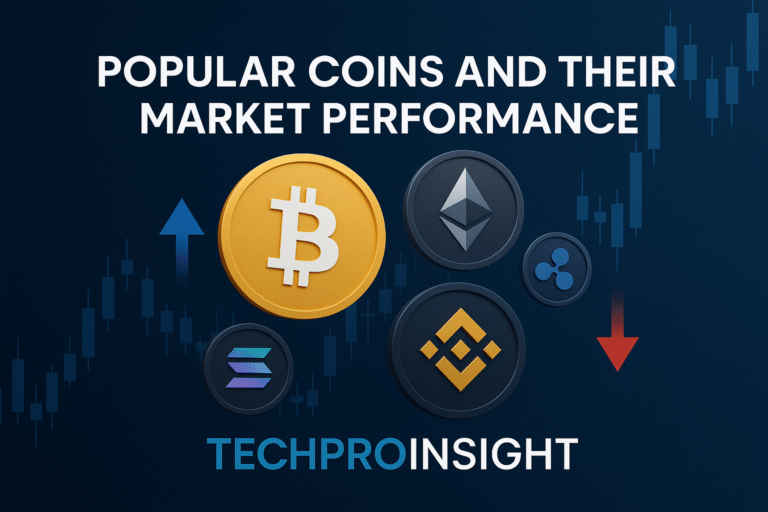
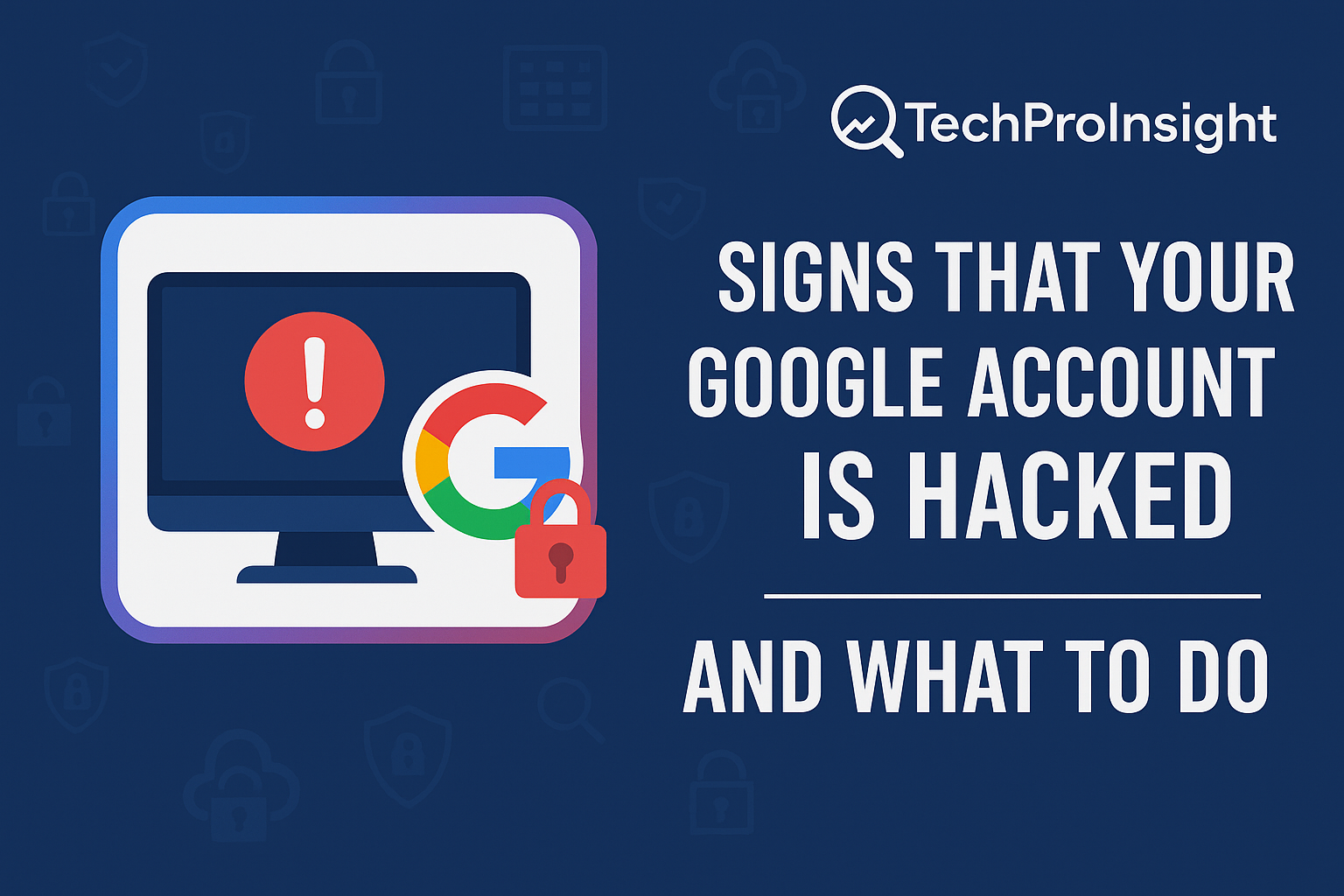

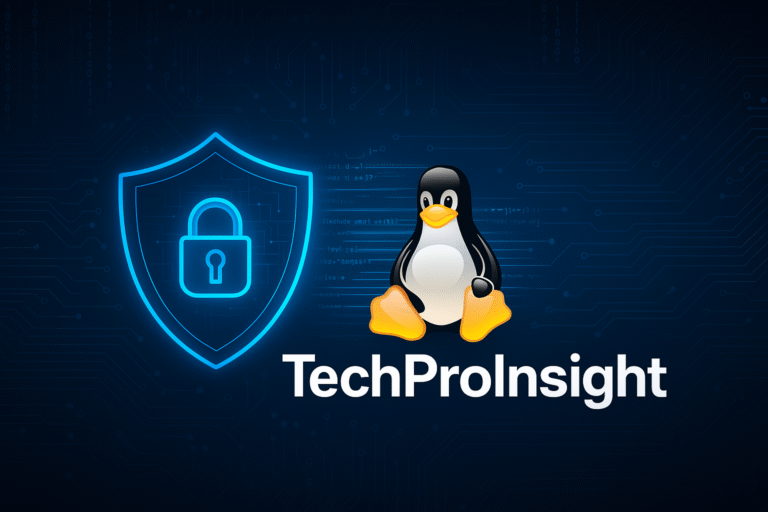
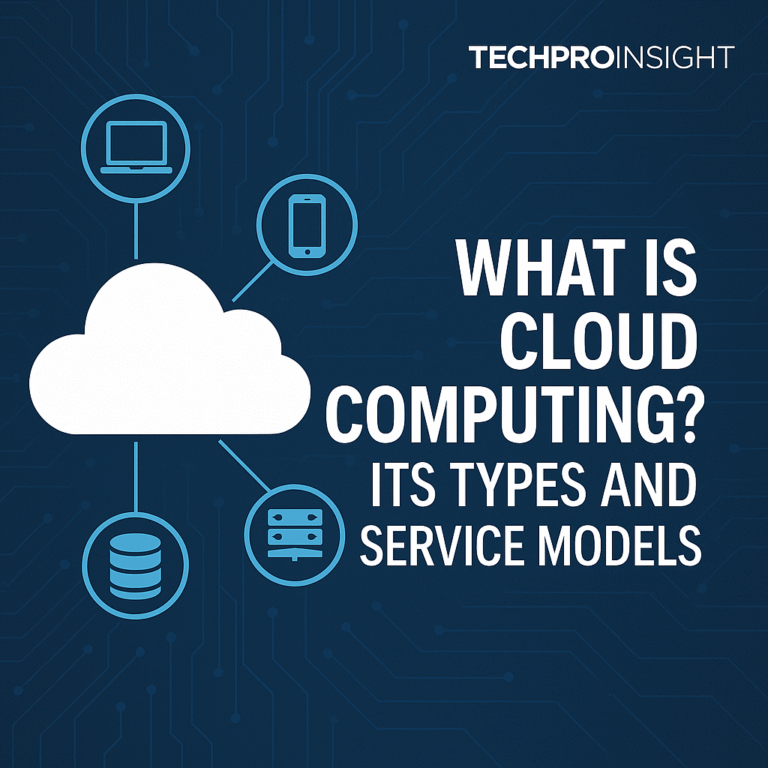

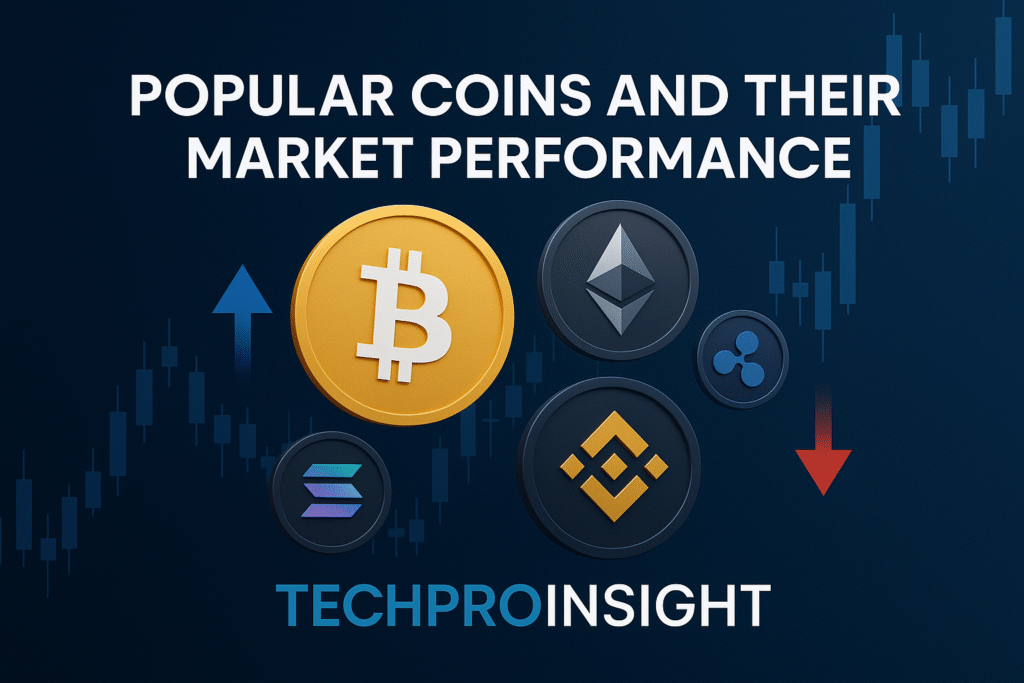

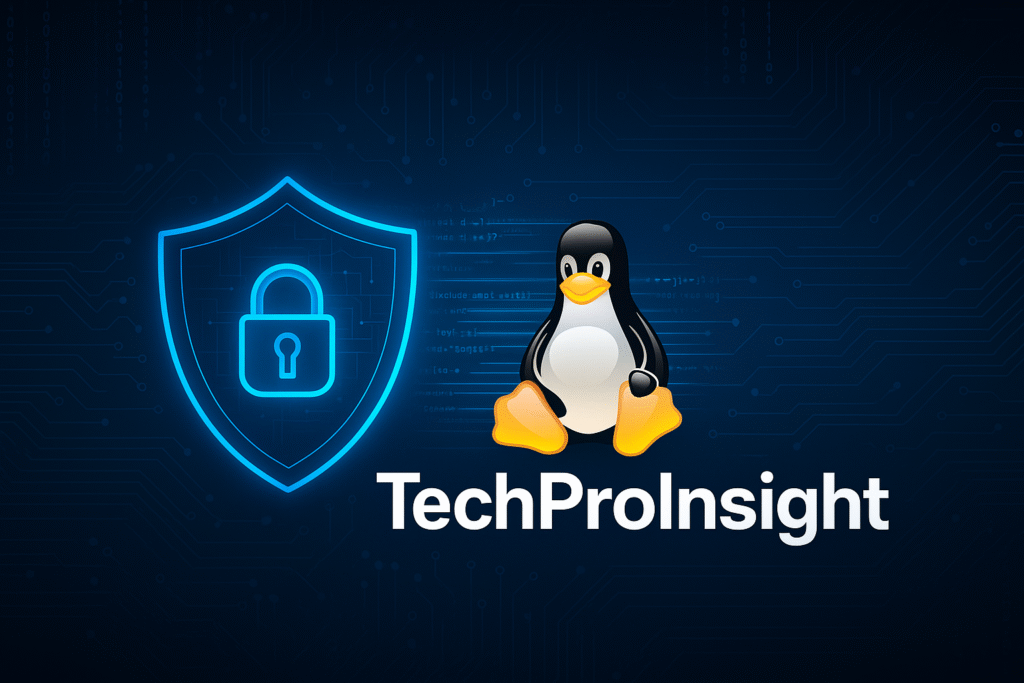
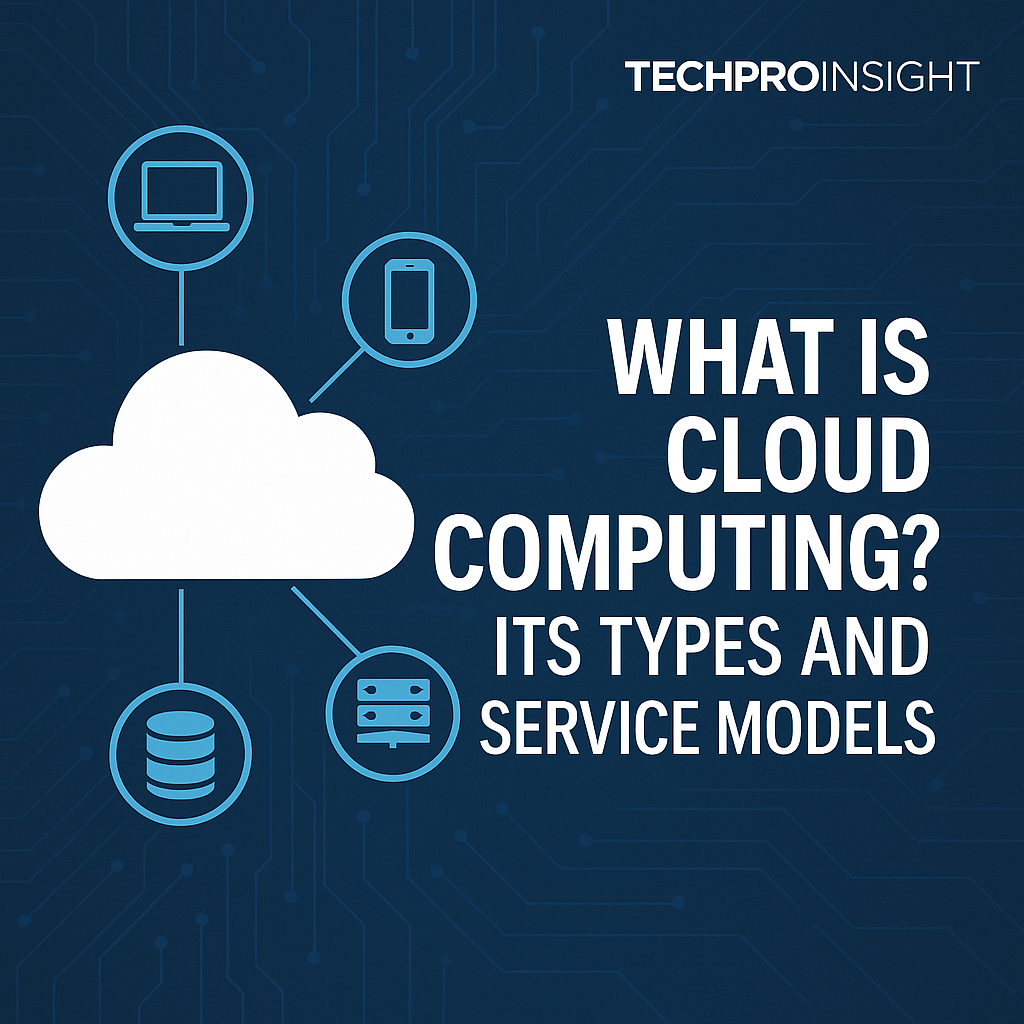



One Response
good bsic information about crypto